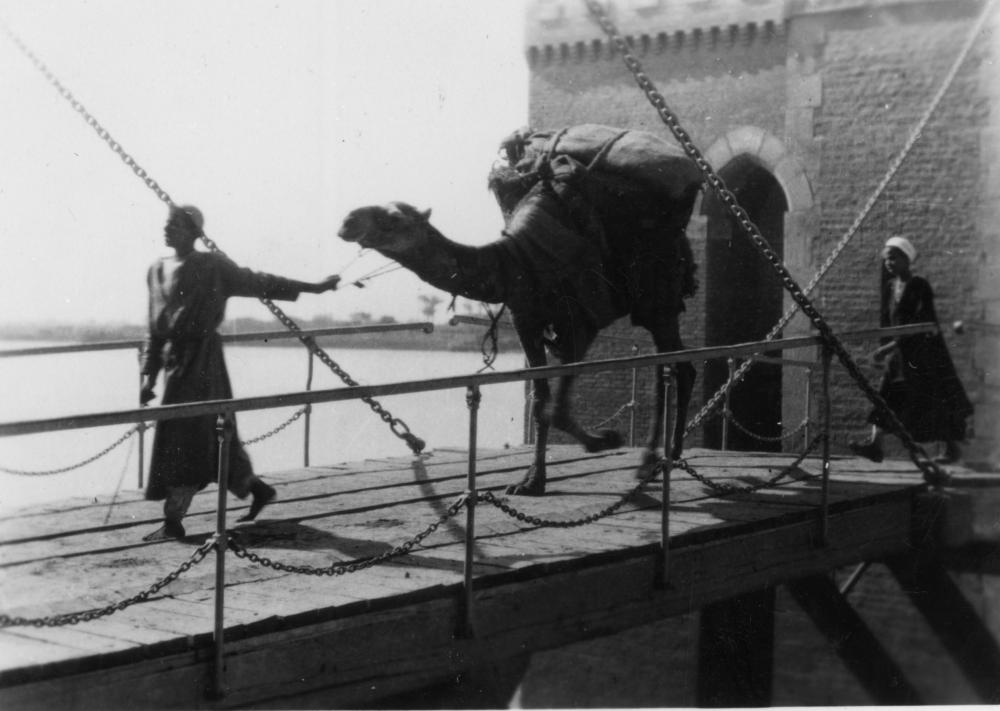MILLIE
On Saturday I posted a drawing of Millie, a little girl I’ve been tutoring for a few years. Millie has dyslexia and has gone to Sydney for a while to learn how to read. Her Dad, the artist behind the pencil and brush, also had dyslexia as a child.
Today, Millie’s Mum, Jackie, wrote the following piece about the learning disability, dyslexia, and about Millie’s time so far at the learning centre in Sydney. If you’d like to contact Jackie, please click on ‘Contact Me’ at the top of the screen and I’ll pass your message on.
My daughter and dyslexia
Dyslexia is a language based disorder of neurological origin. It is completely independent of IQ. People with dyslexia have difficulties with the use and processing of linguistic and symbolic codes, alphabetic letters representing speech sounds, and numerics representing numbers or quantities. Dyslexics do not respond well to conventional instruction. It is estimated that up to 10 percent of the population have dyslexia. The impact of dyslexia on an individual’s self-esteem can be devastating – with dyslexic teens 20 times more likely to commit suicide than their non-dyslexic peers. My daughter, Millie, is 8 years old and has severe/ profound dyslexia.
As a mother, my heart aches for Millie every day. She is a sweet, compassionate, and social little girl with an IQ of 105. Unfortunately, it is often very difficult for her to demonstrate her true intelligence, due to the fact that intelligence is too often measured by the ability to read and write. As a consequence, Millie is convinced she is stupid. I believe Millie to be both smart and courageous. Can you imagine walking into a classroom every single day not understanding something and knowing that you are different to everyone else? To do that day in and day out and come home depressed, and then get up, put the boots back on and go back into that environment shows a tremendous amount of courage to me.
I guess our journey with dyslexia began some 2 years ago and it has been one filled with frustration, sadness, desperation and hopelessness. So, when I found a study which resulted in the growth of grey-matter in the left-hemisphere of the brain after 8 weeks intensive instruction at a learning centre in Sydney, I thought it was probably worth a shot.
We have been here for 2 weeks now, and progress has been solid but not remarkable. She tries so hard, but retaining the rules/exceptions of the English language has never been one of her strengths. This program is definitely not a magic bullet, but I’m hoping it gets things moving. There is no cure for dyslexia.
To date, she has learned the concept of the ‘bossy-e’ and is now familiar with ‘ea’ ‘ai’ ‘aw’ ‘ee’ ‘oo’ ‘oi’ sounds. I know that to most of you this probably sounds pretty basic and insignificant. Rules you were perhaps taught once or twice at school and were able to retain and apply. But for Millie – this is really quite an impressive step. She is still reversing her b/d’s but the learning centre expect that to stop within a week or two. I am very proud of her efforts and I have been told that she has made 4 months progress in 2 weeks??? Fingers crossed……
We are meeting up with the Director and Producer of an American documentary called “Dislecksia the Movie” either this week or next. They are in Australia at the moment, having a holiday, and are keen to meet Millie. Both of them are dyslexic and would like to share their own personal experiences with dyslexia with Millie.








